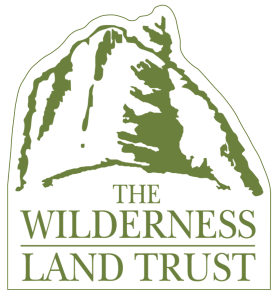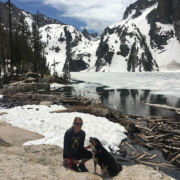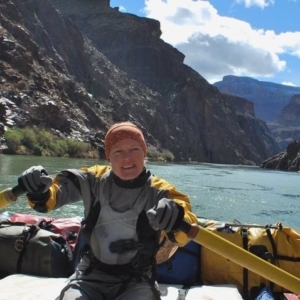The Necessity of Wilderness
April 17, 2020 – Sunrise on a mountain peak, deer browsing in a nearby meadow, the stillness of water on an alpine lake. During a time of personal and professional upheaval for many of us, we can still count on the gift of wild places. 
Wilderness is a necessity for us. It recharges our batteries, clears our minds and connects us to the rhythms of the natural world. How about you? When you step into wilderness, what fills your senses with wonder? What makes it important to you?
Even during this challenging time when many of us are unable to access the great outdoors, the Trust never waivers from its mission to remove the threat of development in the wilderness areas you love. Since our founding 28 years ago, we have permanently protected more than 52,000 acres and added 481 parcels to 106 wilderness areas now owned by you, the public.
Every parcel of land we’ve acquired and transferred has a compelling story behind it and our 2020 spring newsletter is an opportunity to share some of them with you, as well as shine a spotlight on just a few of the special people who help make it happen.
We hope you enjoy our Spring Newsletter and please share it with family and friends. After all, it is your investment in our work that makes these success stories possible.



 Please help us welcome
Please help us welcome 












 increasing the overall size of this wilderness area.
increasing the overall size of this wilderness area.

